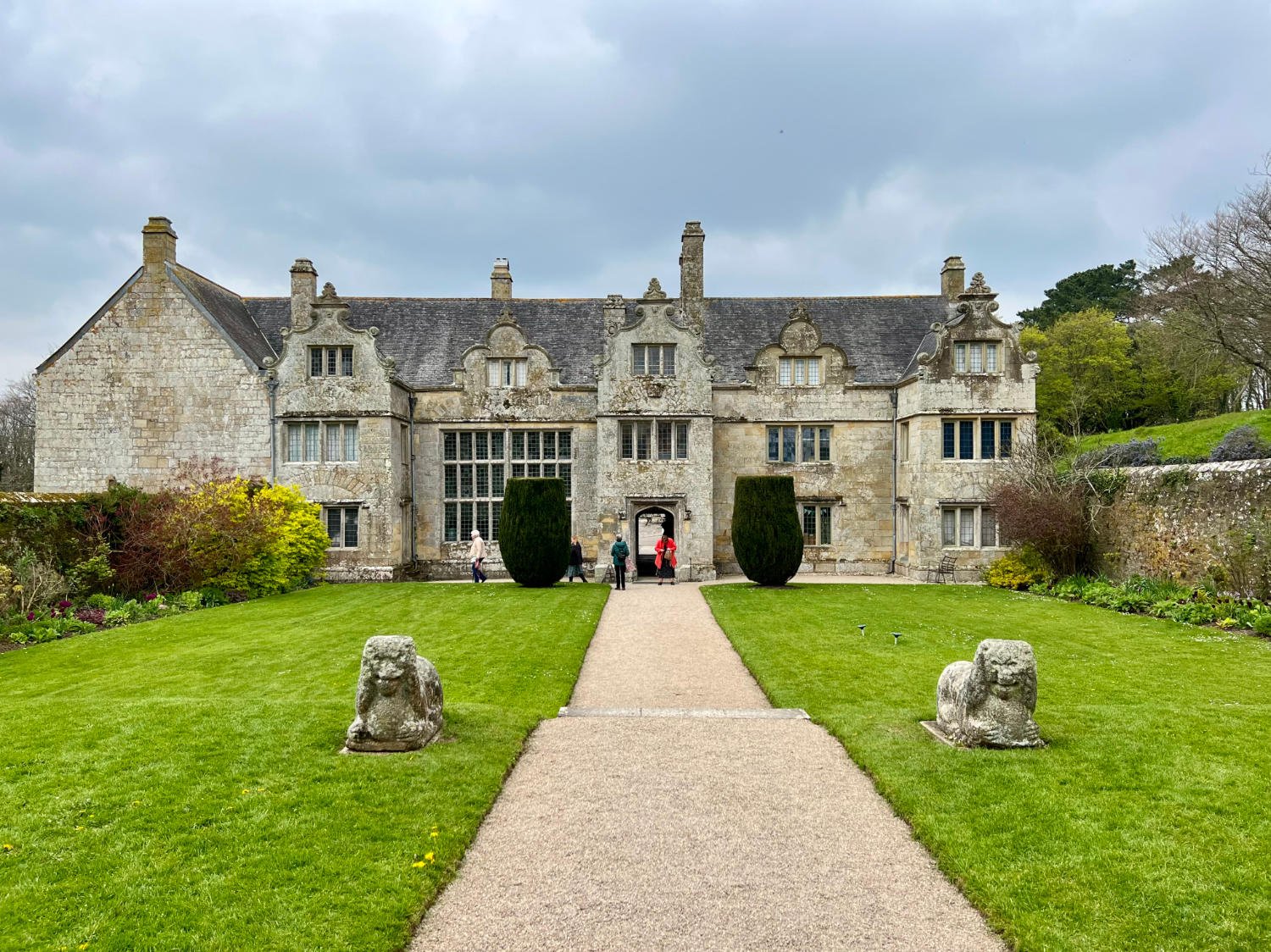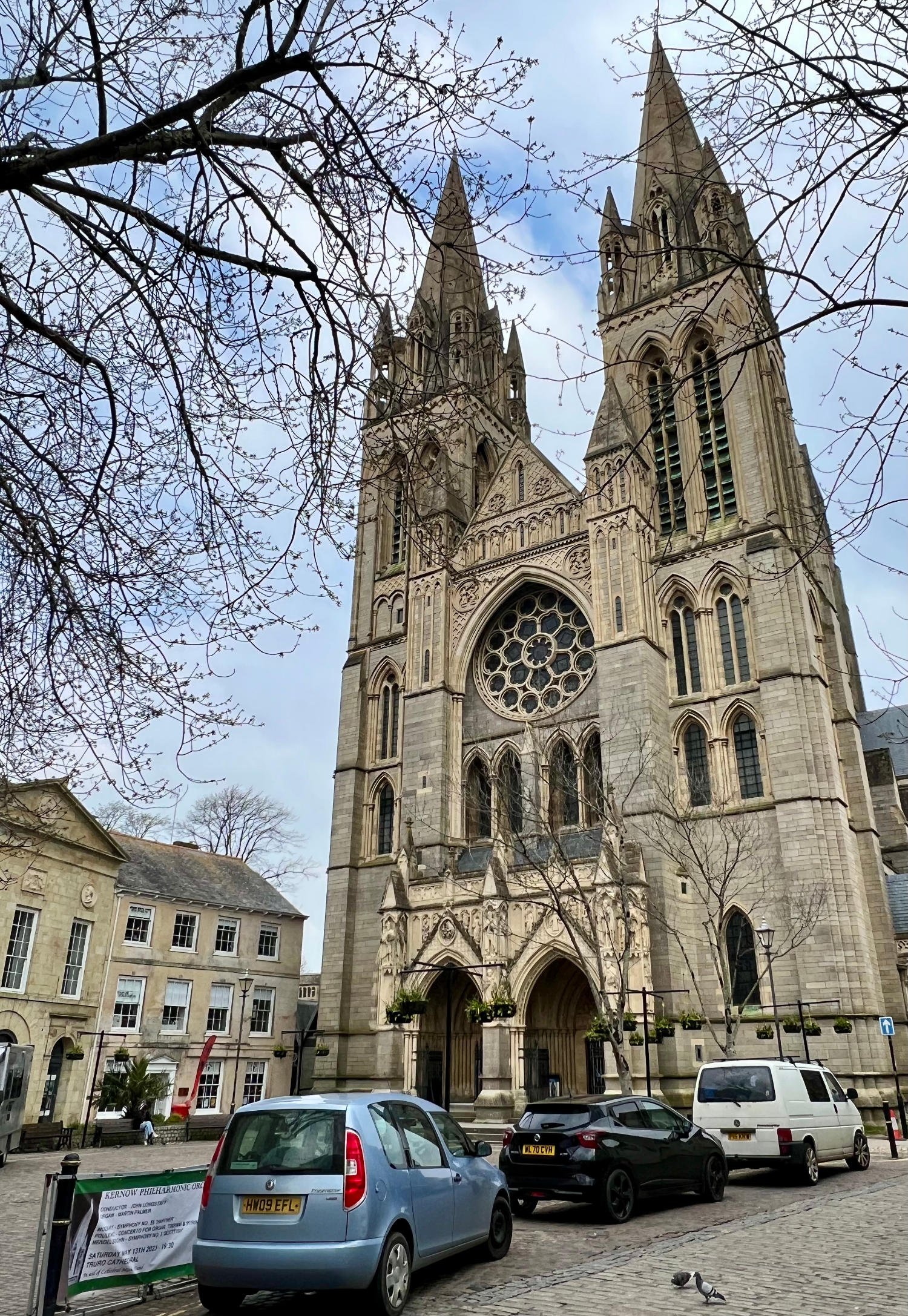National Cycle Route 32
National Cycle Route 32
Ride overview
Should you ever find yourself holidaying in Polzeath, Rock or Padstow - or indeed anywhere in Cornwall - and in need of a cycling break from the usual beach activities, this could be the route that you are seeking. The day ride is a simple traffic-free jaunt through inland Cornwall, using roads and tracks which barely see a vehicle even in the very heights of summer. The route is hilly enough to give you a day’s decent challenge, as being full of places ripe for the exploring. Stop at the Camel Valley Winery, whose fizz often beats better known French Champagnes in tasting competitions, or wander around one of England’s finest Japanese gardens. Delay your return train back to Bodmin whilst you wander around Truro, with its three spired Victorian cathedral and in-land harbour. There is The Rising Sun where you can quench your thirst and any number of tea shops tempting you with a Cornish Cream tea. Whilst the route is not circular, regular trains link Truro to Bodmin, although this being England, bikes need to have been pre-booked before you board the train.
















Ride Practicalities
START/FINISH: Bodmin/Truro DISTANCE: 77km TOTAL ASCENT: 966m TERRAIN AND SURFACES: Narrow lanes which can be muddy after rain. The Camel Trail is well surfaced although there are sections which are a little worn. It is do-able on a road bike with care RECOMMENDED CAFÈS/PUBS;* Camel Trail Tea Garden, Padstow; The Seafood Restaurant (Rick Stein), Bodmin: Martin Barnecupp Bakery, Truro; The Rising Sun CAMPING: Padstow; Dennis Farm ACCOMMODATION: Bodmin; The Bodmin Gaol Hotel, NEARBY MAINLINE TRAIN SERVICES: Bodmin Moor/Truro LINKS TO OTHER RIDES: The Cornish Way, Tour of Cornwall, NCN 3
GWR who operate the service between Truro and Bodmin, require bikes to be pre-booked. Go to the ticket office in either Bodmin or Truro to do this, as if you use the Trainline App, you’ll find that galling message ‘there are no bike spaces available on this train'. Invariably there are, just not on-line.
*WMWG only list places for food, drink and beds which have met our strict quality standards. They will promote local growers, are independent who set high standards, but who are not necessarily the cheapest place in town.
Ride notes
What better than to begin your ride inside a gaol? Visible from much of the town, Bodmin Gao,l with its massive granite walls and unusual ventilation chimneys, has become the place where unlike Hotel California, you’re welcome any time you like, but you can always leave. Built in 1779, it was designed by prison reformer John Howard, who believed in a tough regime within a healthy environment. It was one of the first prisons to feature individual cells for prisoners and segregated areas for men and women. Tough it certainly must have been, with fifty-five hangings taking place inside the prison, with the last one in 1909. The prison closed in 1927 and for most of the twentieth century the cells hosted pigeons and bats. It has now been converted into a splendid hotel (the bedrooms are converted cells but of a standard only dreamt about by the old prisoners). A prison breakfast would be the ideal way to begin your day of labour on the Cornish lanes.
The Camel Trail is well signed from the centre of town and soon you are into woods gliding down a well surfaced path towards the sea. It’s one of England’s most used cycle paths and one of its pleasures is seeing families wobbling their way down the traffic-free trail on hired bikes. In spring, bluebells scent the woods, in summer the trees provide welcome shade from a warm sun. There are cafés to stop at, and the Camel Valley Winery offer tours and tastings. Their wines frequently beat the grander houses of Champagne into second place at international wine tastings. It’s perfectly possible to ride a road bike on the trail although there are sections where the surface is rougher than you might desire, so ride cautiously. The Trail winds its way down to the coast and from Wadebridge you ride on a tarmac path beside the Camel Estuary which is one of only two ‘inland’ sections of Cornwall's National Landscape, all the way to Padstow.
The Camel Esttuary
The broad, flat estuary is a geological ria, a deep valley that has been drowned by post-glacial rising sea levels and it is unlike any other in the county. There river flows serenely around North Cornwall’s curvaceous slopes. Gorse, thrift and campion line the route, and if you’re fortunate, you might see some of the otters which call the river home. But not all is as innocuous as might first appear.
Beer drinkers will know Doom Bar as one of Cornwall’s premier ales. Indeed it was - and the draft beer still is - brewed in Rock across the estuary. (Bottled Doom Bar has been brewed in Burton upon Trent since 2011). Doom Bar has a more sinister association for mariners in that it is the name of the sandbank where the River Camel meets the sea. It has been responsible for over 600 wrecks since the start of the 19th century. The bar would not have existed and claimed so many lives, had a local mermaid not been shot by a local man when she turned down his marriage proposal. As she died she cursed the harbour with a ‘bar of doom’.
Despite the curse, Padstow is ‘the best haven in the north part of the Shyre, being capable of mani Ships’, as historian John Norden noted in 1610. The small port is still crowded with fishing vessels. However the village is less a port and more a kingdom. ‘King’ Rick Stein, who owns several restaurants in town, (with the Seafood Restaurant being 50 years old in 2025), has done more than anyone to bring prosperity to this part of the county. Padstow is a typical Cornish fishing village, with white-washed houses nestling around a tiny harbour filled with fishing boats tied to the quay. It is extremely pretty and popular and as with so many small Cornish coastal villages, over-tourism is a the new challenge. You’ll need patience as you make your way through the dawdling throngs towards the challenging hill which climbs out of town onto the windswept hills above.
The route takes you back into the Cornish National Landscape, that of grandiose coastal scenery and high hills. It’s a rollicking ride up to the tall masts on top of the hill and then down towards St. Columb Major. Should Japanese-styled gardens be your thing, look out for signs after St. Eval. The gardens are regarded as being one of the best examples of the Japanese style in the whole of the UK.
Bumping over hills and down into the shady dells, you skirt around Newquay. If you are in need of a new surf board or thirst for more of the Cornish Coastal scene, then you might choose to follow the signs into the town, otherwise you’ll continue in the idyllic rurality of inner Cornwall, away from the press of madding crowds. The pretty village of St. Newlyn’s East has a fig tree growing out of the church wall which locals say is not to be felled, lest a curse is laid upon the village. There’s a pub and a community shop should you need fortifying.
A millennium marker
After more hills, narrow lanes and green fields and high hedges, you swish downhill taking care not to come a cropper on the copious amounts of gravel lurking in the corners. Riding down the Allen valley, you may be forgiven for thinking that you are entering a world of trolls. The bosky valley, damp and green seems to exist in its own self-contained world of moss covered banks and tree roots twisted into wild shapes. wild shapes.
The Victorian Gothic Cathedral, Truro
The last few kilometres are all down hill into Truro. The cathedral whose three towers dominate the town, is a wonderful example of Victorian Gothic. It was the first English cathedral to be built since Salisbury cathedral was finished in 1220. Despite historians struggling to find the necessary evidence, Truronians like to cling to the belief that the town has existed since around 300 B.C. when the Phoenicians brought their carpets from North Africa in exchange for Cornish tin. What is beyond dispute is that this in-land port was one of the busiest and most prosperous in all of Cornwall during its 19th heydays.
Whilst waiting for your train back to Bodmin (having pre-booked your bike onto the train) you might wander the pretty and pedestrianised streets of Cornwall’s only city, or you may choose to hole up in The Rising Sun and replace the calories expended upon those Cornish Hills.
All the details given on this route are given in good faith. However, situations on the ground can change, so if you know of any access issues, closures, or have any thoughts and feedback on the route, please include them in the comments section below.
wheremywheelsgo.uk is a Feedspot UK Cycling top 20 website





